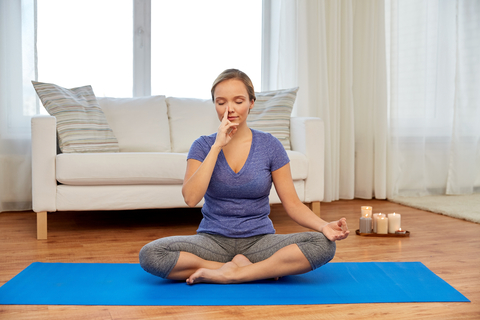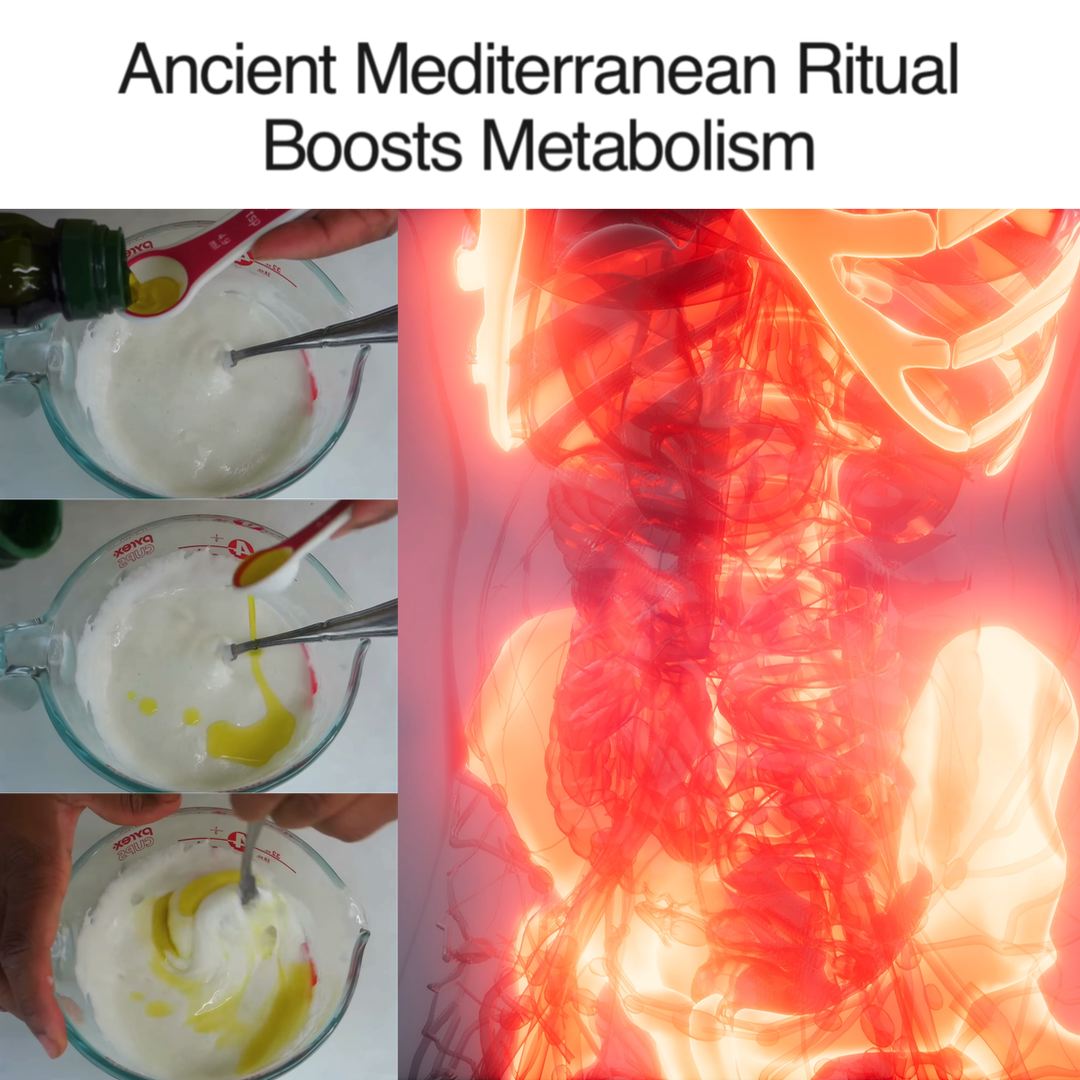
In an age where chronic physical and mental health issues are increasingly common even among the young, finding effective preventative measures is crucial. Surprisingly, the solution might be as simple as breathing. This article explores how proper breathing techniques can not only slow aging but also significantly enhance overall health.
Introduction: The Rising Health Crisis
Modern life brings with it an unprecedented rise in illnesses such as diabetes and heart disease, affecting individuals as young as children. While environmental damage plays a role, lifestyle factors contribute significantly to our health decline. Amidst this, a seemingly simple but potent method emerges to combat these issues—breathing techniques derived from traditional practices.
The Power of Breathing Techniques
Originating from the ancient Chinese practice of Qigong, which combines vital energy (Qi) with achievement (Gong), proper breathing techniques promise a plethora of health benefits. These techniques focus on deep abdominal breathing, emphasizing a mindful approach to the intake of air and mindful control over breathing patterns.
Health Benefits of Proper Breathing
- Heart Health: Lowering the heart rate, improving blood circulation, and enhancing cardiac output.
- Blood Pressure and Cholesterol: Reducing blood pressure and cholesterol levels significantly.
- Oxygenation and Immunity: Boosting blood oxygen levels, which in turn enhances general health and strengthens the immune system.
- Mental Well-being: Clearing the mind and fostering creativity and productivity while managing and reducing stress effectively.
- Metabolic Rate: Increasing the metabolic rate, which improves overall health.
- Detoxification: Supporting natural detox processes without the need for harsh diets or extreme physical regimens.

Step-by-Step Guide to Proper Breathing
To harness these benefits, one must follow a structured approach to breathing:
- Step 1: Schedule regular sessions throughout the day.
- Step 2: Count breaths to manage and reduce their frequency.
- Step 3 to Step 9: These steps involve lying down, placing a book on the abdomen to monitor its rise and fall, and practicing controlled inhalation and exhalation to maximize lung capacity and efficiency.
Conclusion: Making Breathing a Daily Habit
Integrating deep breathing exercises into daily life can lead to profound improvements in health and vitality. This practice is not just about breathing during sleep or like infants but revitalizing an essential, often overlooked, bodily function through conscious effort. By adopting these methods, individuals can protect against environmental toxins and long working hours, ultimately leading a healthier, more vibrant life.
Incorporating these breathing techniques may seem simplistic, but their benefits are backed by both ancient wisdom and modern science. As we continue to seek solutions for a healthier life in our fast-paced world, perhaps it’s time to breathe new life into our routines, literally.














